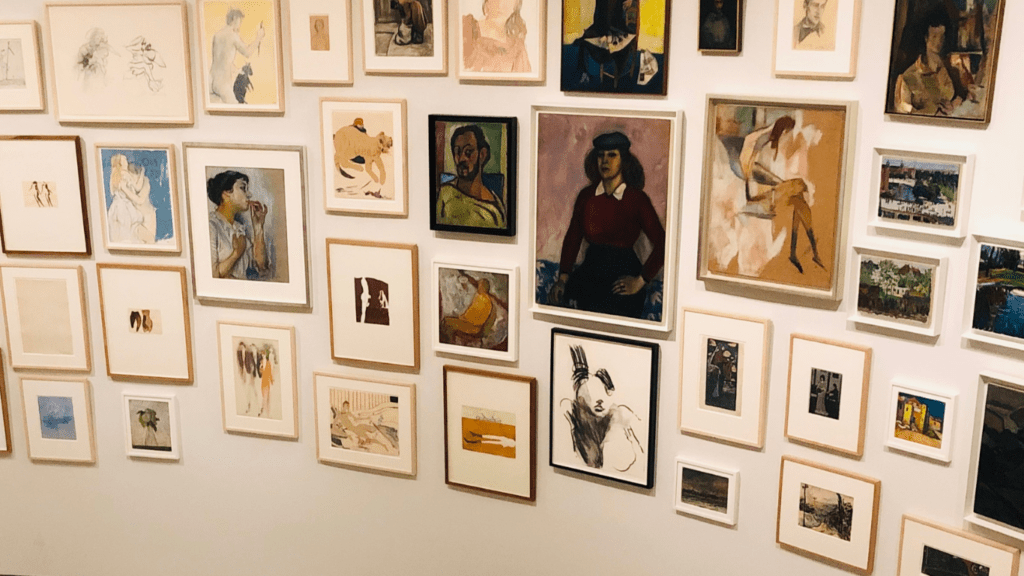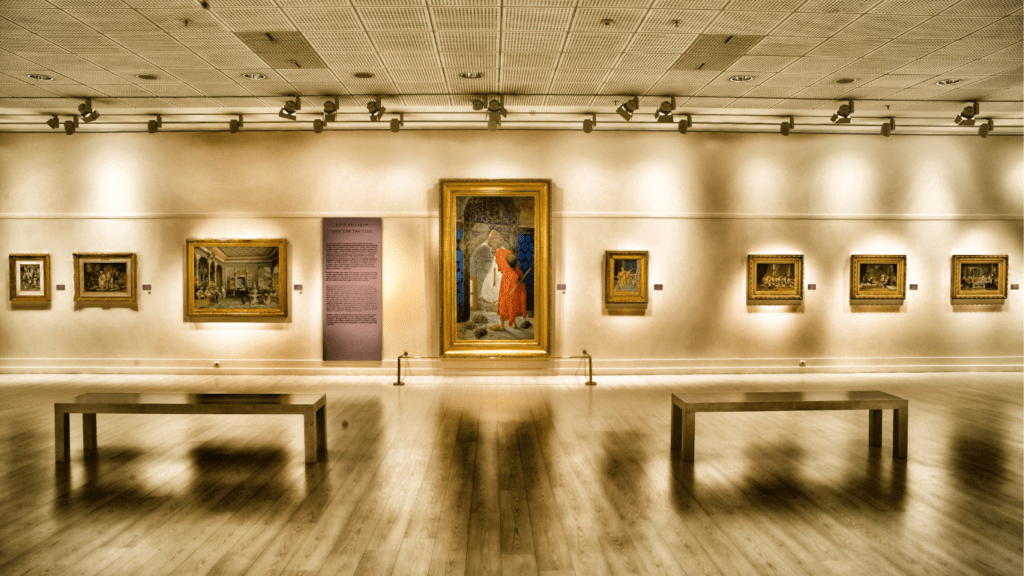The Return of Art Galleries
Art galleries are back and more vibrant than ever. After months of closures, galleries have reopened their doors with a fresh perspective. The pandemic pushed many to innovate, introducing revamped exhibits and digital installations.
New safety measures play a huge role in the reopening. Galleries enforce strict capacity limits and timed-entry tickets to ensure visitor safety. Advanced air filtration systems are in place, adhering to health guidelines and making the environment safer for everyone.
Many galleries now offer hybrid experiences. This approach caters to both in-person and virtual audiences. Live-streamed exhibitions and virtual tours allow broader access to art. For example, The Museum of Modern Art (MoMA) offers virtual gallery tours, connecting with audiences globally.
Revamped exhibits feature diverse artists and new themes. The focus is on inclusion and representation. Artists from various backgrounds are gaining deserved recognition. Contemporary art installations, like those at Tate Modern, capture the current social climate and promote dialogues on important issues.
Digital installations have enhanced the visitor experience. Augmented reality (AR) and virtual reality (VR) components bring a new dimension to exhibits. The Louvre’s VR experiences offer unique interactions with historic artifacts, adding an educational aspect to the visit.
Interactive and immersive installations engage visitors. These exhibits invite participation, making the art experience personal and meaningful. Immersive Van Gogh exhibitions, for instance, immerse attendees in the artist’s world through large-scale projections and soundscapes.
Additionally, galleries have extended operating hours. This change accommodates different schedules and reduces crowding. Online booking portals streamline the process, making it easy to plan visits.
Locally-focused exhibits promote community engagement. Local artists receive platforms to showcase their work, encouraging community support. Initiatives like Art Basel Cities highlight local talent, fostering a sense of pride and connection.
Overall, the return of art galleries brings innovation, safety, and inclusiveness. The art world has adapted, offering enriching and engaging experiences for all. Whether visiting in person or virtually, there is much to explore and enjoy.
Major Exhibitions to Look Forward To

Art galleries are reopening with a diverse array of exhibitions that promise to captivate visitors. From contemporary art to retrospectives, there’s something for everyone.
Contemporary Art Highlights
Galleries are showcasing cutting-edge contemporary art. The Tate Modern features an exhibit by Yayoi Kusama, renowned for her immersive infinity mirror rooms. The Museum of Modern Art (MoMA) presents a solo exhibit by emerging artist Tschabalala Self, whose vibrant mixed-media portraits explore identity and race. The Los Angeles County Museum of Art (LACMA) offers an interactive digital installation by teamLab, blending technology and nature.
Retrospectives and Classic Collections
Retrospectives celebrate influential artists. The Metropolitan Museum of Art has a comprehensive exhibit on Jackson Pollock, showcasing works from his entire career. The Louvre presents a retrospective of Leonardo da Vinci, including rarely seen drawings and sketches. The National Gallery in London features a collection of Rembrandt’s masterpieces, offering insights into the artist’s evolution and technique.
Innovative New Galleries
Art galleries globally are embracing innovation as they reopen, bringing fresh perspectives to the art world.
Emerging Artists and Spaces
Emerging artists are gaining prominence with the reopening, as many galleries focus on showcasing fresh talent. For example, New York’s David Zwirner Gallery features innovative works by Nadia Hebson. Similarly, London’s Saatchi Gallery presents pieces by rising star Florence Hutchings. These spaces provide invaluable platforms for new voices, enriching the artistic landscape and making contemporary art more accessible.
Digital and Interactive Installations
Galleries are incorporating digital and interactive installations to enhance visitor experiences. The Van Gogh Museum in Amsterdam, for instance, uses virtual reality to immerse visitors in Van Gogh’s world. The Art Institute of Chicago offers touchscreen displays, allowing visitors to explore artworks in-depth. These installations not only engage tech-savvy audiences but also provide new ways to appreciate and understand art.
Safety Measures and Visitor Experience
Art galleries have ramped up safety protocols to ensure a secure and enjoyable visit. These changes aim to balance health concerns with enriching visitor experiences.
Changes in Viewing Protocols
- Galleries have restructured their spaces to facilitate social distancing.
- Visitor routes are now designed as one-way paths, minimizing contact. Capacity limits have been enforced to avoid crowding.
- Touchless systems for ticketing and information have become standard.
- Digital entry tickets reduce physical contact points. QR codes provide access to exhibition details and guides.
- Increased sanitation measures include frequent cleaning of high-touch surfaces.
- Hand sanitizers are available throughout the premises.
- Mask mandates remain in place based on local health guidelines.
Visitor Feedback and Reviews
- Visitors have generally responded positively to the new safety measures.
- Many appreciate the reduced crowd sizes, which offer a more intimate viewing experience.
- Reviews highlight the increased space and comfort felt during visits.
- Digital tickets and touchless systems received praise for their convenience.
- Visitors find QR codes and digital guides to be user-friendly and informative. This approach enhances the overall experience.
- Some have noted the limitations on interaction with staff and fellow patrons.
- The enforced distancing protocols limit casual conversations and spontaneous art discussions.
- Though necessary, these changes impact the traditional social experience of gallery visits.
Supporting Local Artists and Communities
Art galleries around the world have begun prioritizing support for local artists and their communities. These efforts are clear in collaborative projects and community engagement initiatives that aim to create more inclusive art spaces.
Collaborative Projects
Many galleries are launching collaborative projects involving local artists. These projects provide opportunities for emerging talent to work with established figures, creating unique pieces. For example, the “Urban Canvas” project pairs young muralists with seasoned graffiti artists to transform public spaces. Collaborative exhibitions often feature multiple artists working on a common theme, enhancing community interaction and engagement.
Community Engagement Initiatives
Galleries have ramped up community engagement initiatives aimed at making art more accessible. Outreach programs often include free workshops, art classes, and panel discussions. These initiatives, such as the “Art for All” campaign, ensure that even underserved communities can experience and create art. Some galleries also host open studios, allowing visitors to interact directly with artists and learn about their creative processes, fostering a deeper connection between the community and the art.





